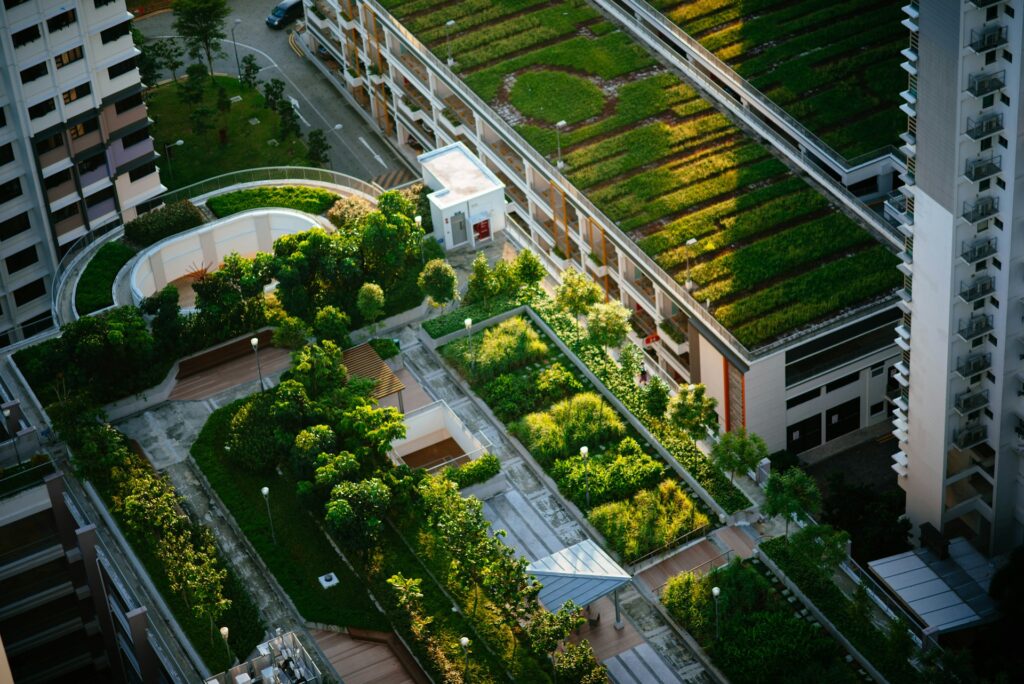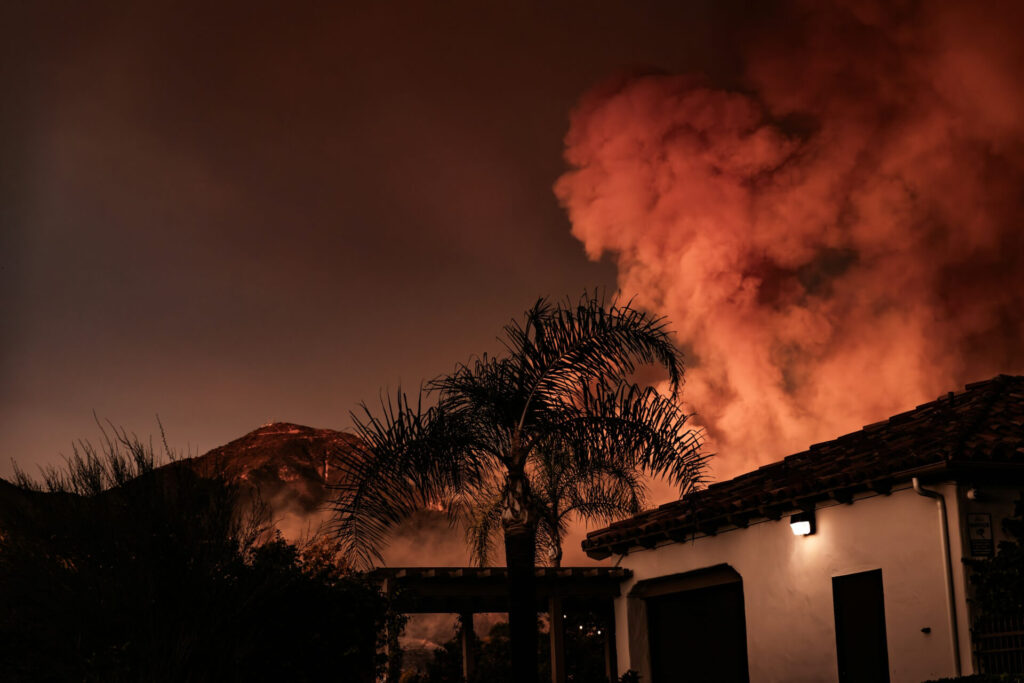Concrete Curing Time Charts for Homeowners and DIYers (Updated for 2025)

We are reader-supported. When you buy through links on our site, we may earn an affiliate commission.
A concrete curing time chart can help you figure out how long it’ll take for your new driveway, sidewalk, foundation or garage floor to cure. Our charts adjust for temperature, moisture, concrete type, thickness and strength gain.
Concrete Setting vs. Curing
Most people confuse concrete “curing” with setting,” even using these terms interchangeably. While related, these processes happen at different times after pouring.
- Setting refers to the initial hardening process when concrete transitions from a workable, plastic state to a rigid material that can no longer be shaped or finished. This happens relatively quickly.
- Curing involves maintaining moisture levels, temperature and time to achieve desired strength and durability. It takes longer for the concrete to gradually gain strength as the chemical reactions occur.
How Long Does Concrete Take to Set?
Setting time occurs in two distinct phases — The initial setting and the final set.
| Setting Phase | Estimated Time Range |
| Initial Set | 30 minutes to 6 hours |
| Final Set | Above 9 hours |
Initial Set vs. Final Set Time Chart
However, several factors significantly impact setting time. They include:
1. Water-to-Cement Ratio
A lower water-to-cement ratio results in faster setting times but can make the mix more challenging. Conversely, more water slows the setting process but allows for better workability.
2. Use of Additives
- Accelerators, like calcium chloride, can reduce setting time significantly, making it ideal for cold-weather applications.
- Retarders slow the setting process and are useful in hot weather or for extended workability.
3. Concrete Thickness
Thicker slabs take longer to set because the inner layers retain moisture and heat longer, slowing the hydration process.
4. Type of Cement
The type of cement used determines the initial set time.
- Type I (General-Purpose Portland Cement): Standard setting time.
- Type III (High-Early Strength Cement): Sets much faster, often within a few hours.
- Type IV (Low-Heat Cement): Slower setting to avoid cracking in mass concrete structures.
5. Temperature and Weather Conditions
Higher temperatures accelerate setting time, while colder temperatures slow it down significantly.
| Setting Time | Temperature |
| 30-120 minutes | Above 100 degrees Fahrenheit |
| 4 hours | 80 degrees Fahrenheit |
| 8 hours | 60 degrees Fahrenheit |
| 14 hours | 40 degrees Fahrenheit |
| Unlikely to set up at all. | 20 degrees Fahrenheit and below |
Concrete Setting Time Chart Adjusted for Temperature
Note that drying too rapidly can make the concrete brittle.
The Basic Concrete Curing Time Chart for Beginners
Concrete curing ensures the mix retains enough moisture and maintains the right temperature for long-term durability. Drying is how the mix physically dries and reaches its full strength.
| Curing Stage | Concrete Surface Strength |
|---|---|
| 24-48 hours | Can support people. |
| 7 days | Can support vehicles and equipment. |
| 28 days | Can support heavy machinery. |
Generally, concrete is safe to walk on after curing for at least 24 hours. After seven days, it should be solid enough to support machinery and equipment. It reaches its near-full strength at 28 days — what engineers consider fully cured — and is safe for any purpose.
What Is the Ideal Temperature for Concrete Curing?
Temperature and humidity are two of the main factors that impact curing duration. If concrete cures too slowly or quickly, its strength will diminish — and fractures have a much higher chance of appearing sooner.
| Curing Stage | Ideal Temperature Range |
|---|---|
| 7 days | 68-77 degrees Fahrenheit |
| 7-14 days | 59-68 degrees Fahrenheit |
| 14-28 days | 50-59 degrees Fahrenheit |
Concrete should stay at 68-77 degrees Fahrenheit within the first seven days of curing. Then, it should maintain a temperature of 59-68 degrees Fahrenheit until it reaches the 14-day mark. After that, it should stay within the 50 to 59 degrees Fahrenheit range until it fully cures at 28 days.
How Does Temperature Impact Concrete Curing Time?
Naturally, engineers and construction crews can plan for one circumstance and end up with another — nature doesn’t care whether they’re in the middle of curing concrete. If the temperature deviates from the optimal range, their curing duration changes.
| Curing Duration | Temperature Range |
|---|---|
| 3 days at most | 90 degrees Fahrenheit and above |
| 5 days | 75-90 degrees Fahrenheit |
| 7 days | 60-75 degrees Fahrenheit |
| 14 days | 54-60 degrees Fahrenheit |
| 28 days at least | 45 degrees Fahrenheit and below |
As you can see in this concrete curing time chart, while concrete curing only takes a few days in optimal conditions, it accelerates as temperatures rise. Unfortunately, extreme heat quickly deteriorates the mixture’s strength. Maintaining 50-80 degrees Fahrenheit is generally ideal.
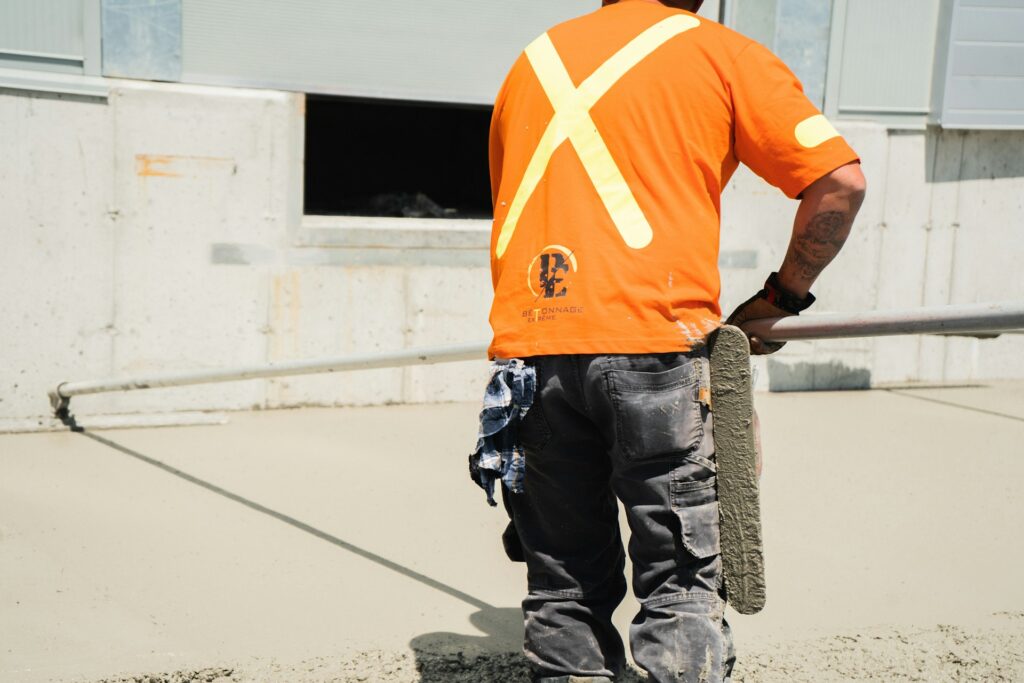
Concrete can cure in three days or less if the temperature is 90 degrees Fahrenheit and above. At 75-90 degrees Fahrenheit, it lengthens to five days. It takes seven days in the 60-75 degrees Fahrenheit range — close to optimal conditions. At 45-60 degrees Fahrenheit, it takes 14 days. When the temperature is 45 degrees Fahrenheit and below, it takes at least 28 days.
What Is the Ideal Humidity Range for Concrete Curing?
If concrete’s moisture content is too high, its curing duration lengthens. If the mixture dries out too quickly, it will become much more prone to deterioration and the surface will be littered with hairline fractures.
| Curing Stage | Ideal Humidity Range |
|---|---|
| 7 days | 95% humidity |
| 7-14 days | 80% humidity |
| 14-28 days | 60% humidity |
Concrete should maintain a specific moisture content while curing to achieve maximum strength and allow for optimal durability. As such, the humidity shouldn’t exceed 95% within the first seven days. Then, it drops to 80% until the 14-day mark and 60% until the 28-day mark.
What happens if it rains days after pouring concrete? The droplets can damage the concrete’s surface, making it uneven and compromising the float finish — meaning it will get a pitted texture and potentially become less compact.
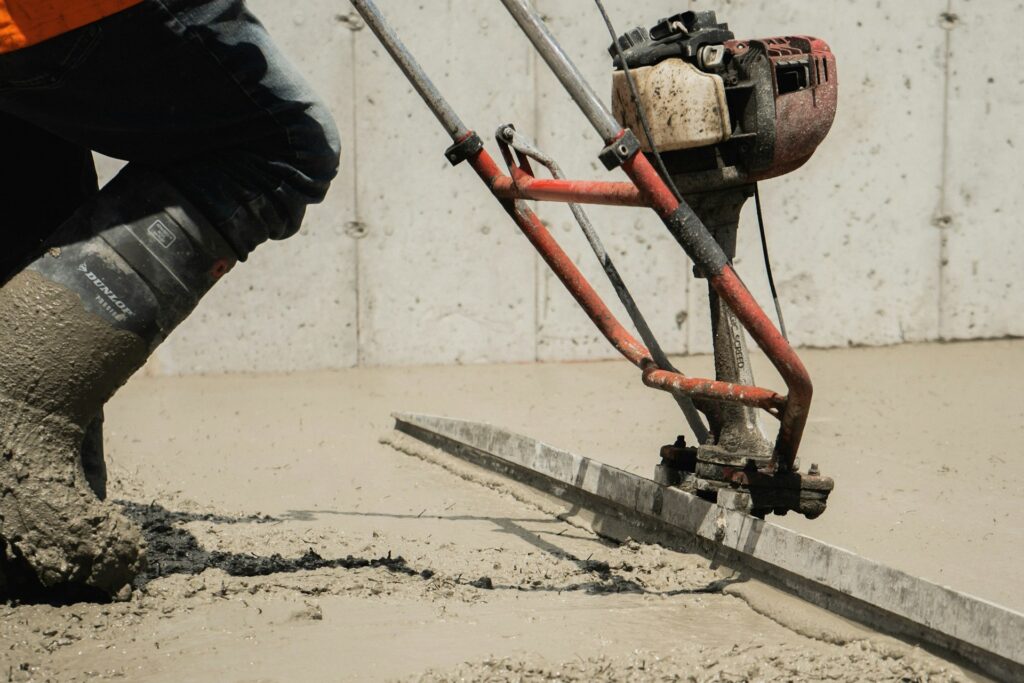
While wet-curing — the process of keeping concrete wet for 28 days — exists, it requires special tools. Also, its viability depends on the concrete’s mix, treatment needs and cure compound. Besides, it’s only really used if the temperature exceeds 85 degrees Fahrenheit.
How Does Concrete Type Impact Concrete Curing Time?
Other than temperature and moisture, cement type and mixture ingredients are the other two main factors influencing concrete curing time. Depending on which one you or your contractors use, your curing time can lengthen.
| External Curing Duration | Concrete Type |
|---|---|
| 7 days | Type I, ASTM C150 (standard Portland cement) |
| 10 days | Type II, ASTM C150 (sulfate-resistant cement) |
| 3-5 days | Type III, ASTM C150 (high-strength cement) |
| 14 days | Type IV, ASTM C150 (low-heat Portland cement) |
| 14-28 days | Type V, ASTM C150 (high-sulfate resistant cement) |
According to the American Concrete Institute (ACI) — the ACI 308 Guide to the External Curing of Concrete, to be precise — standard Portland cement takes seven days to cure externally. Sulfate-resistant takes 10 days, high-strength takes 3-5 days, the low-heat Portland variant takes 14 days and the high-sulfate-resistant version takes 14-28 days.
How Does Slab Thickness Impact Concrete Curing Time?
The duration of internal curing varies depending on the thickness of the pour. The mixture’s water-cement (WC) ratio is a factor you should consider. Typically, it ranges between 0.4 and 0.6, depending on the concrete mix used.
| Slab Thickness | WC 0.4 | WC 0.5 | WC 0.6 |
|---|---|---|---|
| 4 inches | 20 days | 36 days | 54 days |
| 6 inches | 40 days | 72 days | 108 days |
| 7 inches | 50 days | 90 days | 135 days |
| Slab Thickness | WC 0.4 | WC 0.5 | WC 0.6 |
|---|---|---|---|
| 4 inches | 40 days | 83 days | 140 days |
| 6 inches | 80 days | 165 days | 280 days |
| 7 inches | 100 days | 208 days | 351 days |
For the sake of simplicity, this concrete curing time chart assumes the temperature is 65 degrees Fahrenheit and the humidity is 60% — standard operating conditions. The figures represent the goal of a 4% moisture content at 75% relative humidity.
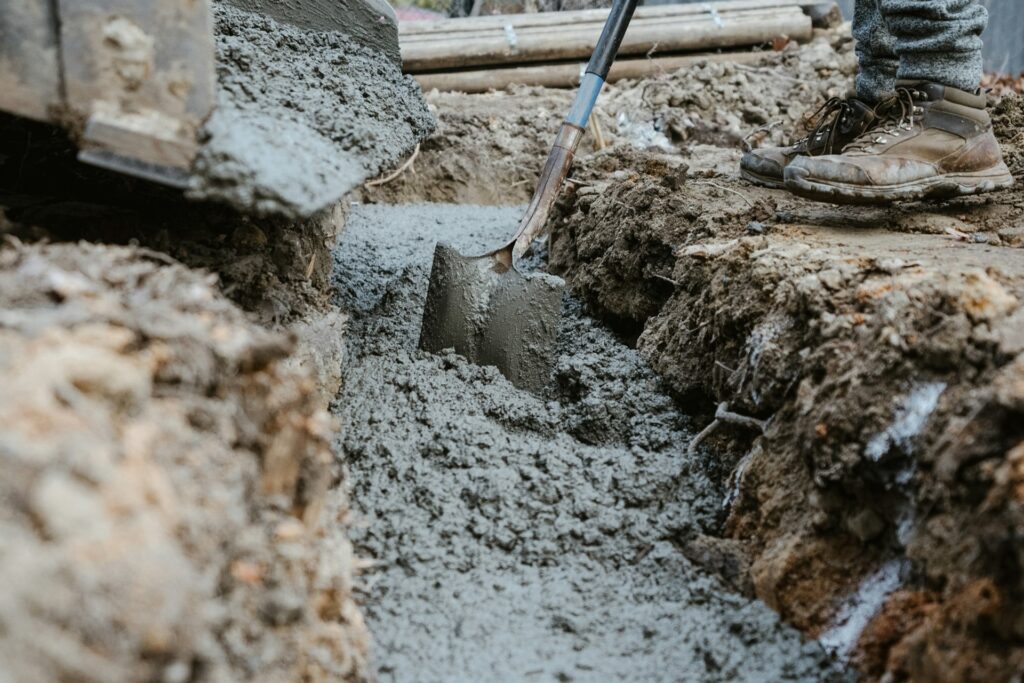
How long does it take for four-inch concrete to cure? Upper floor slabs could take anywhere from 20-54 days in standard operating conditions. Depending on the WC ratio, on-grade slabs take longer — anywhere from 40-140 days.
How Strong Does Concrete Get As It Cures?
Most industry professionals recommend a minimum of seven days of curing. While the goal is to get to 99% compressive strength, it’s not uncommon for contractors to finish curing after one week — 65%-70% compressive strength is an acceptable range, as per ACI 301.
| Curing Stage | Strength Gain |
|---|---|
| 1 day | 16% of its total compressive strength |
| 3 days | 40% of its total compressive strength |
| 7 days | 65% of its total compressive strength |
| 14 days | 90% of its total compressive strength |
| 28 days | 99% of its total compressive strength |
On day one, the compressive strength of concrete sits at 16%. It reaches 40% of its total strength by day three. How strong is concrete after seven days? In one week, it reaches 65%. Then, in two weeks, it gets to 90%. At 28 days, it achieves 99% of its total strength.
What days are the most critical when curing concrete? Days one through 14 are the most important because they account for 90% of its total compressive strength. Generally, the rate of strength gain slows rapidly after that — it won’t reach 100% for at least one to two years. Engineers typically use the 28-day mark as the end of the curing process for this reason.
The Time Concrete Takes to Cure Can Vary Substantially
Concrete’s thickness, mixture type, curing compound, moisture content and water-cement ratio can impact its curing time — and that’s not mentioning the significant impact temperature, sunlight, humidity and wind can have. While these charts can help you better understand general curing times, your best bet is to consult a certified contractor or do the math for your location’s conditions and mixture type.
Original Publish Date May 16, 2024 — Updated on April 3, 2025

